Sustainable Development Goal 6 is achieving safe water supply and sanitation, both of which play an important role in the prevention of waterborne diseases. Water safety is obviously important in developing countries, but in developed countries, where the water supply system is already installed, it can also be a challenge.
To address the water safety associated with health-related microorganisms in urban water systems, i.e. water supply, sewerage, and water environment, the Environmental Public Health Engineering Laboratory’s research focuses are:
i) elucidating the fate of the health-related microorganisms, i.e. pathogenic virus, in urban water systems, and
ii) achieving microbiological safety of urban water systems by means of environmental engineering.
1. Indicator of viruses in water environment
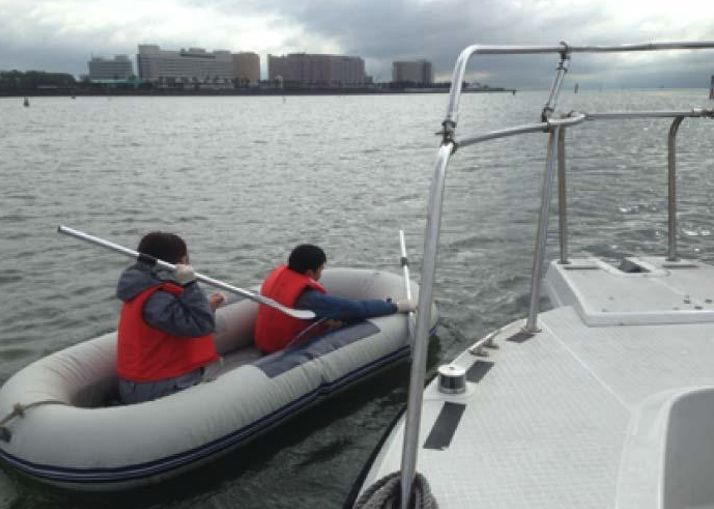
In the water environment, such as bathing risk management in Tokyo Bay, etc., fecal indicator bacteria such as Escherichia coli are insufficient for virus infection risk management. We will propose risk management schemes using new virus indicators.
2. Microbial safety in Indirect/Direct Potable Reuse
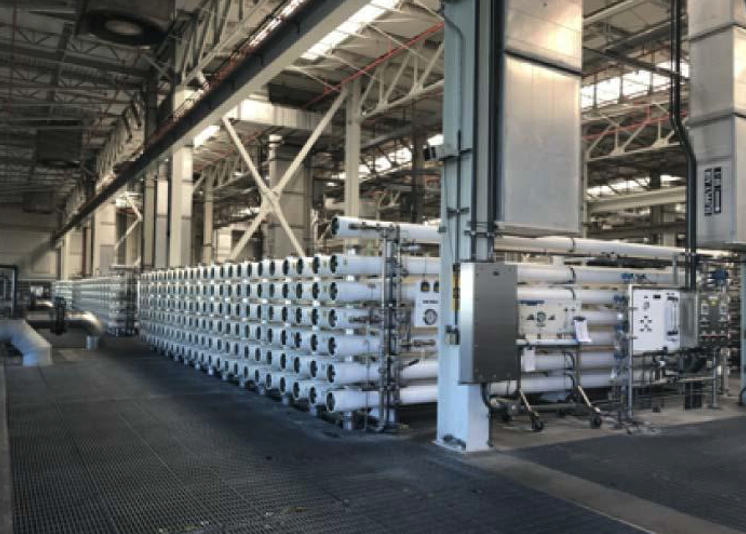
As a final solution to water shortages, indirect and direct potable reuse of reclaimed water is promoted as the most energy-efficient system, for example in California, USA. The microbiological safety will be evaluated with a particular focus on virus treatment efficiency.
3. Virus safety scheme in water supply
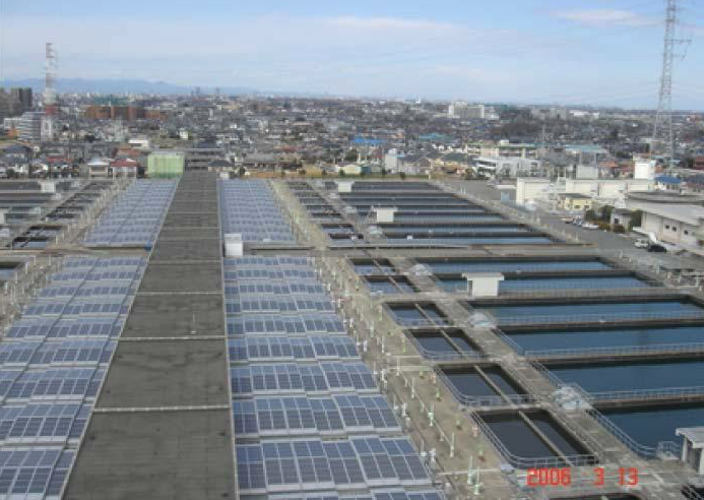
In order to ensure virological safety in water supply, virus indicators will be selected and a methodology will be developed. Our goal is to develop a management scheme that will be reflected in the Water Safety Plan in water utilities.
4. Sustainable safe drinking water supply with membrane filtration technology
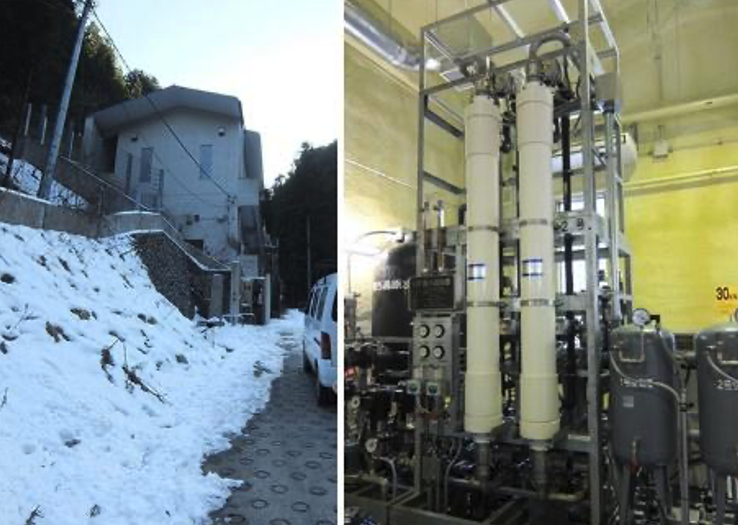
Maintaining long-term safety is still the issue for membrane filtration systems. In order to address the safety, maintenance, and monitoring methods based on the aging mechanisms of membrane systems as well as membrane filtration systems will be developed for low population density areas including rural areas in developing countries.
Monitoring Virus Removal in Real Water Treatment Plant
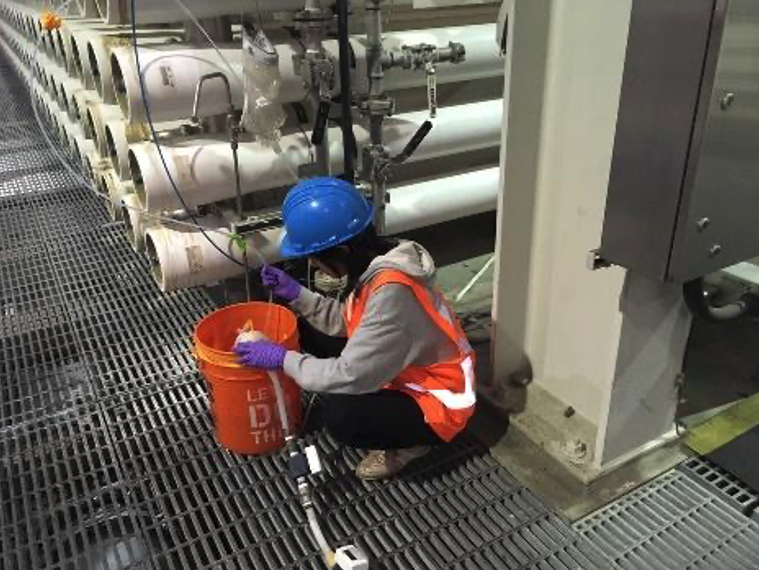
Virus removal values (LRVs) by full-scale MF, UF, and RO processes were determined.MF and UF showed high virus removal compared with credited values.PMMoV and CGMMV were useful performance indicators and were detected after the RO process.
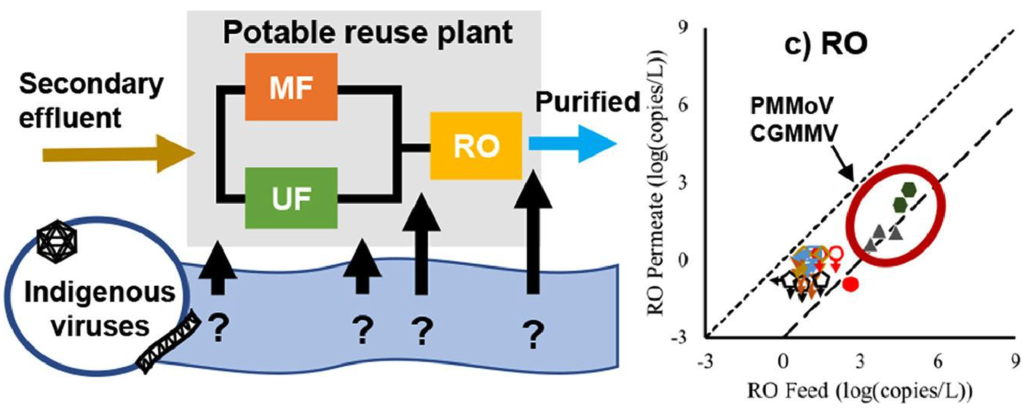
The treatment of wastewater for potable reuse is increasingly becoming a suitable alternative water source to meet the growing urban water demand worldwide. Potable reuse requires reduction of enteric viruses to levels at which they do not pose a risk to human health. Advanced water treatment trains (e.g., microfiltration (MF), ultrafiltration (UF), reverse osmosis (RO)), provide protection against virus loads in highly treated final product waters. The objective of this study was to evaluate the applicability of the Aichi virus (AiV), pepper mild mottle virus (PMMoV), cucumber green mottle mosaic virus (CGMMV), and cross-assembly phage (crAssphage) as performance indicators for MF, UF, and RO. The LRVs of the proposed indicators were lower than those of human enteric viruses. Therefore, all proposed indicator viruses were determined to be suitable candidates as performance indicators for MF and UF.
